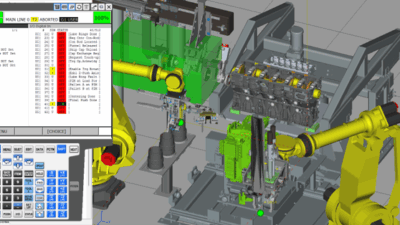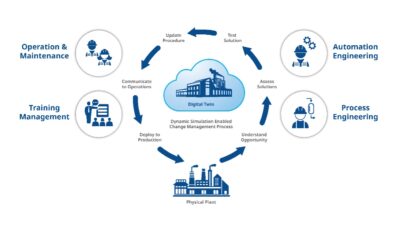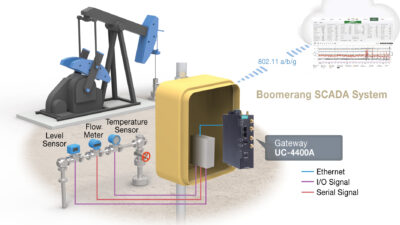Smart manufacturing for metals, sensing, energy monitoring, industrial artificial intelligence (AI), real-time process control, digital twins and other advanced automation help in forging steel for a new era, while charting the path to higher quality, industry competitiveness and sustainability goals.
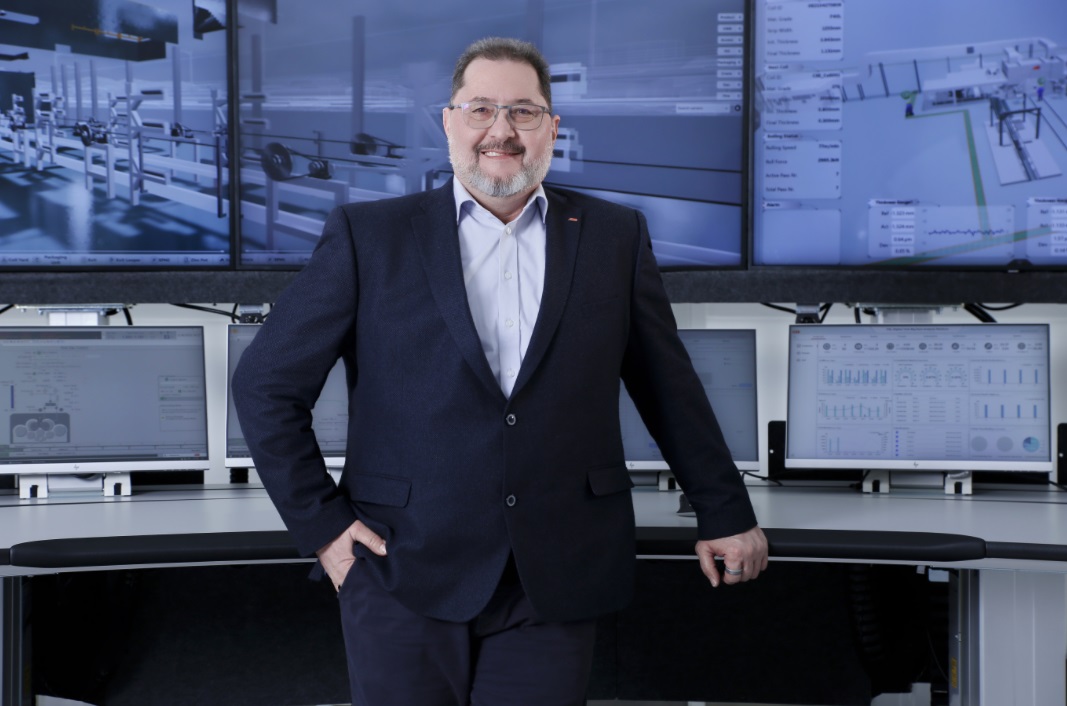
Steel industry advanced automation insights
- Understand how metals industries benefit from smart manufacturing technologies such as advanced sensing, energy monitoring, industrial artificial intelligence (AI), real-time process control, advanced data analytics, digital twins and other automation help with steel industry competitiveness and sustainability goals.
- Learn how automation is helping to forge a cleaner path to fossil-free steel and innovate higher-value manufacturing processes.
- Explore ways industrial artificial intelligences (AI) is a new variable reshaping the steel industry.
Today, the steel industry stands at a critical crossroads for survival, and advanced automation technologies are helping. On one hand, as a massive sector long burdened by high emissions and energy consumption, the traditional steel industry appears increasingly cumbersome in the face of accelerating “dual-carbon” goal. In China’s national “Guidelines on Accelerating the Comprehensive Green Transformation of Economic and Social Development,” the steel sector is prioritized as the first target for green and low-carbon transformation and upgrading, a clear indication of its urgency. On the other hand, as an upstream industry supplying raw materials, steel industry must continuously align its pace with the evolving demands of downstream sectors. Lagging behind risks relegating it to “outdated capacity.” With emerging strategic industries like new energy vehicles and aerospace raising new requirements, the sector must urgently address how to build technical capabilities for producing high-end, precision steel products — a formidable challenge.
The times have changed, and so has the market. How should steel industry be “forged” today? Control Engineering China interviewed Frederik Esterhuizen, global business line manager for ABB’s metals industry portfolio, to discuss his observations on the industry’s transformation and innovative strategies to lead it toward a new era of high-quality development.
Forging a cleaner path to “fossil-free steel”
Promoting green and low-carbon development is pivotal to achieving high-quality growth. For the traditionally energy-intensive and high-emission steel industry, the “green imperative” of sustainable transformation has become an unavoidable mandate.
Esterhuizen emphasized that sustainability and carbon reduction have emerged as the industry’s foremost priorities. He observed that China, the world’s largest steel producer, is accelerating decarbonization through policies such as the “dual-carbon” goals and carbon reduction initiatives. This has spurred steelmakers to increasingly adopt low-carbon smelting technologies, enhance energy efficiency and explore hydrogen-based processes to minimize carbon footprints.
How can this green transition be made more effective? How can the industry advance toward low-carbon or zero-carbon fossil-free steel?
Esterhuizen noted that transitioning from traditional blast furnaces to electric arc furnaces (EAFs) has become a critical pathway for decarbonizing steelmaking with significant hurdles. Unlike coal-dependent blast furnaces, EAFs require stable and substantial electricity supply, demanding robust grid infrastructure. On the other hand, high-quality scrap metal, a primary EAF feedstock, remains scarce. To address this, the industry is actively exploring innovative solutions like green hydrogen-based direct reduced iron (DRI) production, though large-scale adoption remains a work in progress.
To overcome these challenges, Esterhuizen highlighted ABB’s support for steelmakers through energy-efficient motors, process optimization software and electromagnetic stirring (EMS) solutions that enhance EAF efficiency and reduce energy consumption. ABB’s energy management systems help stabilize operations in regions with grid reliability concerns, ensuring uninterrupted EAF performance. Esterhuizen also underscored the role of digitalization in unlocking energy savings and emissions reductions. While traditional methods focus on hardware upgrades, digital solutions offer new avenues for optimization once such measures are exhausted.
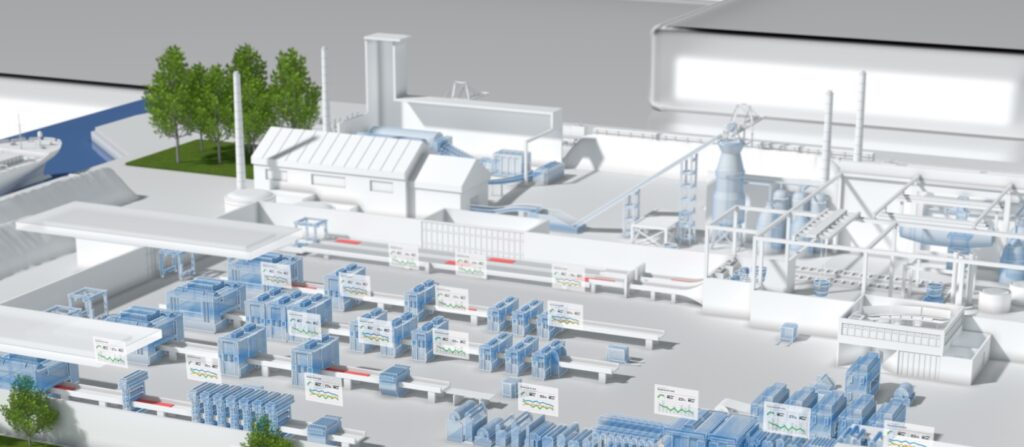
ABB’s smart manufacturing solution for metals, leveraging real-time process control, advanced data analytics and digital twin technologies, enable continuous operational improvements and uncover energy-saving opportunities. For example, in collaboration with Ningbo Baoxin Stainless Steel, ABB’s integrated digital control system reduced variations in product thickness, minimized material waste and cut overall energy consumption, delivering measurable reductions in carbon footprint.
Innovating the path to high-value manufacturing
On the journey toward high-quality development, steelmakers must confront another formidable challenge: evolving market demands. As downstream industries upgrade and grow, the steel sector must undergo product portfolio transformation to meet the rising need for high-value steel products. In Esterhuizen’s view, traditional construction-grade steel is gradually being displaced by high-end materials for automotive, renewable energy and industrial applications. To remain competitive, steel companies must pivot toward high-value-added, customized products while balancing cost pressures and sustainability requirements.
For Chinese steel enterprises aiming to compete in high-value segments, automation is as much about control as it is about efficiency. By leveraging ABB’s digital solutions, manufacturers can ensure the highest precision standards, minimize waste and elevate overall production quality. These solutions integrate seamlessly with existing infrastructure, enabling companies to reap benefits without costly overhauls or redundant investments.
In high-value steel production, such as specialty steels, precision is mission-critical. Even the slightest variation in speed, tension or surface quality can lead to defects with far-reaching consequences, where a minor deviation results in significant flaws.
Automation as the brain and nervous system of production lines ensures flawless synchronization at every stage of production, from unwinding to coiling. The ABB Ability System 800xA employs advanced control algorithms and real-time sensor feedback to continuously monitor and adjust strip speed and tension. This prevents issues like uneven coiling, material tearing or inconsistent thickness, which are critical to maintaining the integrity of high-end steel products.
An example is ABB’s collaboration with Ningbo Baoxin Stainless Steel, where the asymmetric dual-motor control system enabled real-time, precise tension control. This technology proved pivotal in producing ultra-thin, high-quality precision stainless steel for automotive and aerospace applications. By optimizing load distribution and dynamic compensation, the system enhanced production stability and reliability, ultimately reducing waste and boosting overall efficiency.
To achieve high-value manufacturing, companies must refine production processes and strengthen their innovation capabilities. Digitalization serves as a catalyst for building the key capabilities, enhancing agility and precision.
Esterhuizen highlighted that digitalization empowers steelmakers to accelerate long-term innovation by capturing and analyzing vast amounts of production data. This enables faster development of new materials and processes. Compared to traditional trial-and-error methods, ABB’s artificial-intelligence (AI)-driven analytics identify optimal process parameters far more swiftly, significantly reducing time-to-market for high-performance products. For example, in collaboration with Jindal Stainless Ltd. in India, ABB supplied advanced controllers and digital twin technology for testing and precise tension control, resulting in consistent, high-quality output while boosting efficiency. Within six months of commissioning, they began producing stainless steel with a 2BD surface finish—meeting stringent requirements for applications like oil pipelines—marking a decisive leap into high-value manufacturing.
AI is a new variable reshaping the steel industry
How does ABB see AI helping high-value manufacturing? Esterhuizen explained that AI can help operators navigate challenging scenarios by offering guidance to improve consistency, efficiency and safety in production processes. Integrating AI into control rooms, for instance, enables operators to receive real-time suggestions, optimized workflows and predictive insights, empowering them to manage tasks more effectively. AI helps overcome bottlenecks in knowledge transfer by augmenting human expertise with data-backed recommendations and industry-proven best practices, where industries historically relied on “experience-driven decision-making.”
ABB’s Industrial Knowledge Vault is a copilot solution designed for industrial workers. It aggregates documentation such as standard operating procedures (SOPs), equipment manuals and maintenance logs, leveraging generative AI to assist operators and maintenance teams. By serving as a central knowledge repository, AI streamlines information access, enabling teams to make informed decisions and maintain operational consistency.
Digital technologies help steelmakers forge a path that balances efficiency and sustainability amid turbulent waves of transformation, said Esterhuizen. As the industry advances along the roadmap of high-quality development, how will ABB continue to collaborate with steel producers to redefine the future? The journey ahead promises to be transformative.
Stone Shi is executive editor-in-chief, Control Engineering China. Edited by Mark T. Hoske, editor-in-chief, Control Engineering, WTWH Media, [email protected].
KEYWORDS
Smart sensors, automation, industrial AI
CONSIDER THIS
Is your industry applying advanced automation to maintain global competitiveness?
ONLINE

